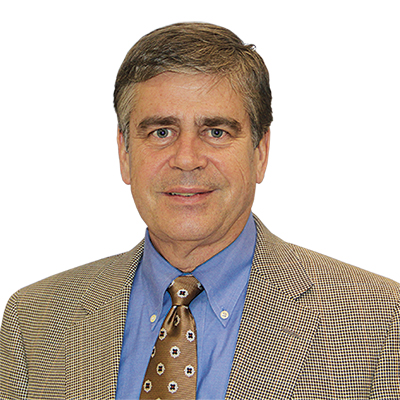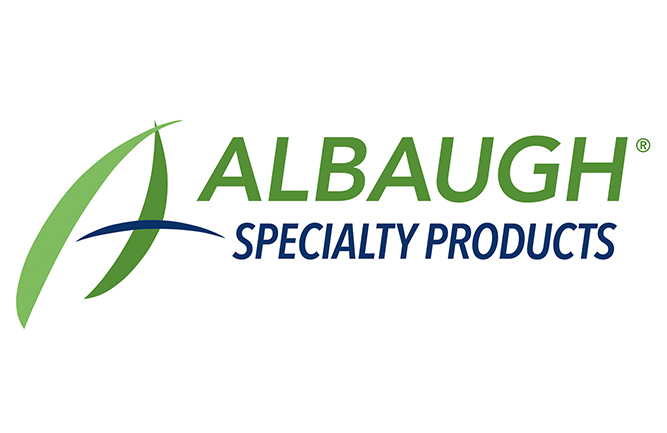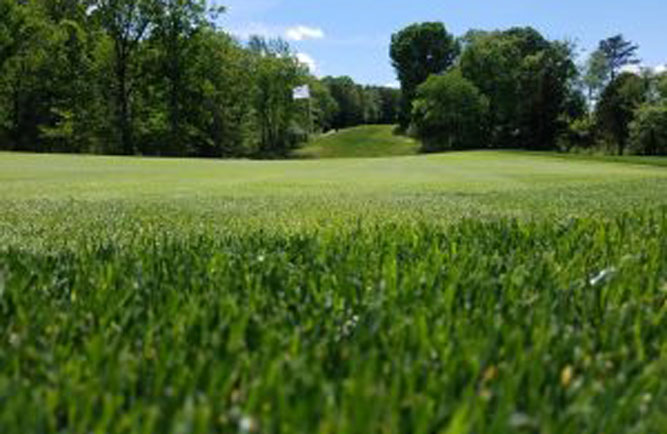Portugal and pesticides

Karl Danneberger
I have traveled to Portugal numerous times to attend and speak at conferences and to play golf. Portugal is one of my favorite countries. It’s a relatively small country, with a population similar to that of Ohio. It has a long, colorful history that includes the period of Portuguese explorers like Cabral, who discovered Brazil in 1500, and Ferdinand Magellan, who led the first trip around the world in 1519. More recently, it’s home to, arguably, the best soccer player in the world, Cristiano Ronaldo.
The Atlantic Ocean borders Portugal’s west coast, while the Mediterranean Sea is on its southern border. For surfers, the largest surfable waves occur off the coast of Nazarre. These bodies of water, which border almost half the country, help contribute to its Mediterranean climate, especially along the southern border, known as the Algarve. The climate reminds me of southern California, specifically San Diego, but without the traffic congestion, noise or potential pollution.
The Algarve has been a vacation destination for Europeans because of the climate, views and golf. Development recently has increased in the area as Europeans purchase and build vacation homes and permanent residences. Although Portugal’s economy suffered during the Great Recession — like many other countries — golf course closures never really materialized to a great extent because most golf course building wasn’t associated with housing development.
I spoke last month at the Portuguese Greenskeepers Association at Quinta da Marinha Resort. The major topic of the conference was managing golf courses without pesticides. This topic has gripped Portugal and most of Europe for more than a decade. It seems now that the screw really is being tightened.
The discussion of managing with no pesticides often begs the question, “Exactly what do you mean by a pesticide?” I took this to mean synthetic pesticides. The good news — and here I’m looking only at pest control — is that there are options for weed and insect control. There may be issues with timing, number of applications, quality control of the product and cost, but options do exist. Disease control, especially on greens, tees and fairways, presents a more challenging scenario.
In the quest for a no-pesticide golf course, I see similarities and a significant difference in the challenges that faced agriculture when the debate between conventional farming and organic farming occurred more than 20 years ago. Similar to pesticides, defining what organic farming meant or what constitutes a natural product was hotly debated. Another question: Is natural food better?
Out of this organic versus conventional debate, university research and extension activities focused on developing agronomic programs that enhance organic and conventional food production and everything in between. Consumers demanded and were given the choice of what type of food they desired, based on their tastes and economic concerns. We see those choices each time we go into a grocery store or dine out. Consumers drive the diversity we see in farming.
In golf, the golfer is not driving whether a course is or is not pesticide free. Community and government mandates are — or will be — forcing golf course superintendents in Europe to maintain courses that probably won’t meet player expectations. I’m told that golfers are going to have to lower their expectations. Why should they? Based on an English study, 80 percent of golfers believe golf courses are environmentally friendly. Those who do not play golf — in almost the same percentage — believe golf courses are not environmentally friendly.
As we develop alternative ways of managing turf with no or reduced pesticides and golfers lower their expectations for course conditions, we will reach a middle ground. But until then, I can think of no better way to ponder golf’s options than dining on a Mediterranean meal with a port wine and a view of Portugal’s coastline.












